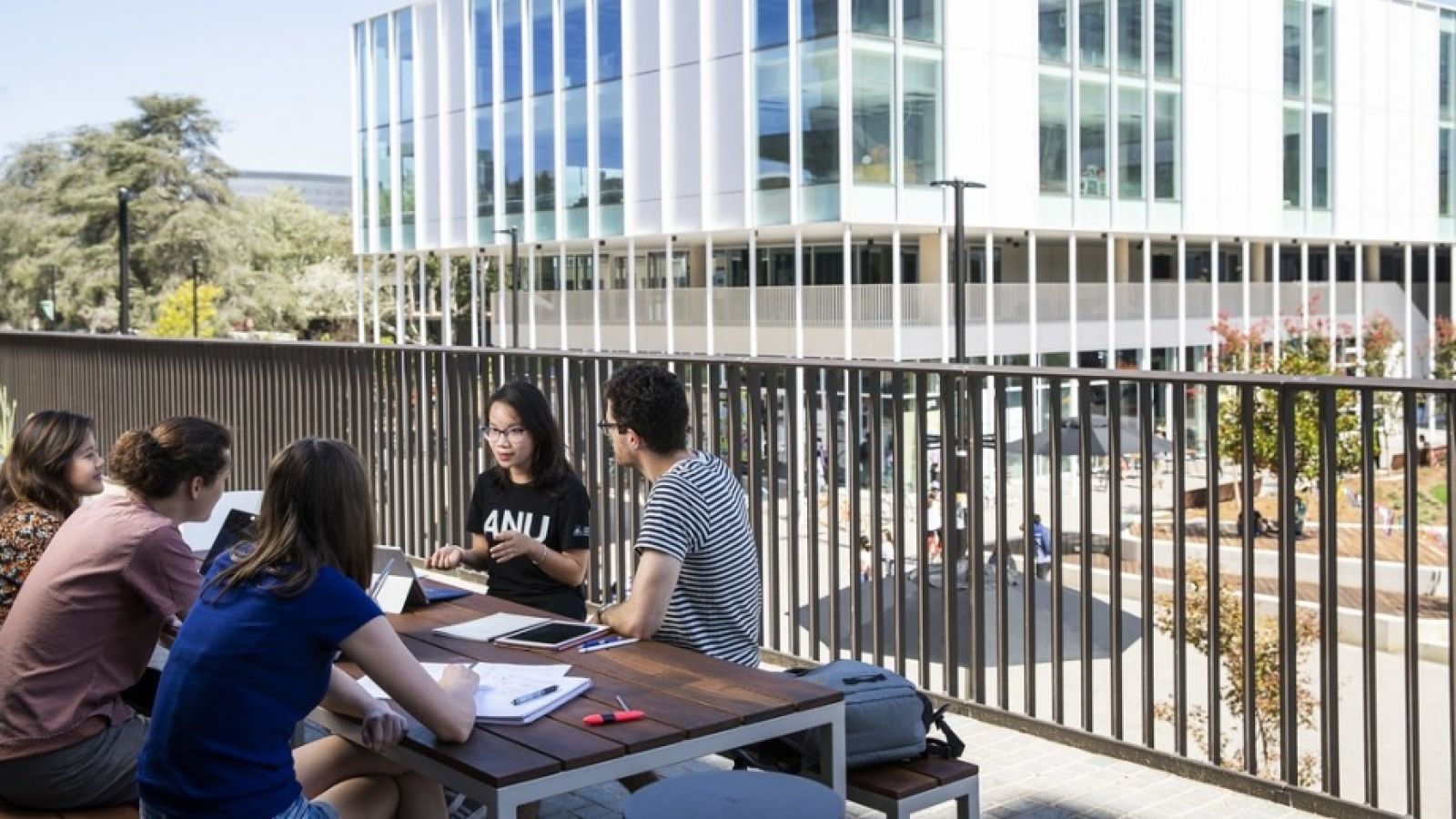Survey reveals positive outcomes for HASS graduates

Photo: ANU
The results of the 2020 Graduate Outcomes Survey – Longitudinal are out, and it offers good news for ANU graduates, particularly those who’ve studied humanities, culture and social sciences.
The survey measures the employment outcomes of graduates from higher education institutions across Australia. Its latest edition followed up with the cohort of graduates surveyed in 2017, from 83 institutions – including 41 universities and 42 non-university higher education institutions.
The Australian National University had the second highest proportion of graduates in full-time employment three years after graduating from an undergraduate course in 2017, at 95.2%. For those who completed postgraduate coursework, that figure was 96.8%.
“This is an impressive outcome for Australia’s national university, especially given the diversity of our student cohort and course offerings,” said Professor Rae Frances, Dean of the College of Arts and Social Sciences.
Consistent with other research conducted on employability, the survey results confirm the value of higher education. For undergraduates, those who completed both the 2017 and the 2020 survey reported that within four months of finishing their course in 2017, 73% of them were in full-time employment. By 2020, that number has risen to 90.1%.
Four month post-completion outcomes were even better for respondents who undertook postgraduate coursework or postgraduate research, at 86.2% and 81.4% respectively. The median salary level of postgraduate respondents four months post-completion was also more than $20,000 higher than those who completed only undergraduate degrees.
Professor Frances noted that the QILT survey data contradicts recent public commentary that asserts that humanities and social science graduates are less employable than their peers in the sciences.
By study area, the proportion of respondents in full-time employment four months after graduation who completed their undergraduate studies in humanities, culture and social sciences in 2017 was 61.9% compared with 61.6% for those who studied science and mathematics. The report says: “Graduates from more vocationally oriented programs such as medicine tend to have higher rates of full-time employment in the short-term than more generalist study areas such as science and mathematics, and humanities, culture and social sciences. However, the gap in employment rates between those with vocational and generalist degrees diminishes over time.”
To that point, 87% of respondents who completed their undergraduate studies in humanities, culture and social sciences three years on reported being employed full-time.
Similarly, in 2017, 53.4% of respondents who completed undergraduate studies in Creative arts were in full-time employment, rising to 79.4% three years later. Creative arts is also an area which the survey found bucks the trend of gender gaps in pay: three years out, female respondents were paid more than males: $2,500 or 4%.
The 2020 Graduate Outcomes Survey – Longitudinal can be found on the Quality Indicators for Learning and Teaching website: https://www.qilt.edu.au/qilt-surveys/graduate-employment